TEN THINGS ABOUT THE BAD BIKES YOU MAY HAVE OWNED
(1) Cannondale MX400. The aluminum-framed, electric-start, backwards-engine, 2001 Cannondale MX400 was a bike with big aspirations. Millions of dollars were spent on the development of this bike that was meant to be ahead of its time. The problem was that most of these new ideas just didn’t work. The copycat 1997 Honda CR250 frame was super rigid. The no-link rear shocks rising rate was wrong. The electric starter would start a hot engine. The bike stalled in every moto and broke in every other one. The MX400 bankrupted Cannondale and forced its sale.
(2) Black Widow. The 1977 Can-Am MX-3 was black with orange highlights. You couldn’t help but see the resemblance to the mate-killing spider, hence the nickname, Black Widow. But, the color wasn’t why riders calle dit the “Black Widow,” it was an evil handling machine. The 247cc rotary-valve engine was fast, but with a chassis not made for neck-breaking torque and speed, it was like riding a wild bull. It came out of the gate fast, but you never knew which way it was going to go.
(3) BMW. German-based BMW has been remarkably successful in making high-performance automobiles and street motorcycles. This success gave them the confidence to break into the off-road market in 2009 with the G450X four-stroke. The BMW G450X featured a radically canted Taiwanese-built engine that was mounted in a hanger-style frame constructed of steel tubing. Even stranger, the swingarm pivot was aligned with the countershaft sprocket. BMW hired top-notch offroad rider David Knight to race the bike, but David hated the bike and wanted out of his contract ASAP. This bike was infamous for its gaps in the transmission, atrocious suspension, tiny clutch and strange handling.
(4) Vertemati. There is always a demand for things that are rare, be they precious metals, Leonardo da Vinci paintings or Honus Wagner baseball cards. The 1999 Vertemati VOR V495 was about as rare as they come, and MXA got a chance to race one. These GP-bred bikes had a reputation for being the best bikes ever built. When we swung a leg over the Italian stallion, we were more than let down; we were scared for our lives. The VOR V495 was ill-handling, understeered like a snowplow, the frame flexed like a noodle, the rear shock acted like a jackhammer and the three-speed transmission had neutral on the bottom.
(5) 1997 Honda CR250. The first Delta Box aluminum frame was on the 1997 Honda CR250. The reason for switching from chromoly steel to aluminum? Money. It was cheaper for Honda to make, and all of their streeet bikes were using the design, but it was a mistake in hindsight. Jeremy McGrath refused to ride the super-stiff aluminum frame. No flex equaled horrible handling.
(6) The Maytag. Do you remember when Yamaha built the WR500? The year was 1991 and Yamaha’s engineers played “Supermarket Sweepstakes” in the parts department to build a Frankenstein bike that combined a YZ250 frame with an air-cooled YZ490 engine. The result was a bike that we called the “Maytag,” because it vibrated like a runaway washing machine.Yamaha made Damon Bradshaw and Doug Dubach race them in the 500 Nationals.
(7) 2006 KX250. The 2006 Kawasaki KX250 was a bike that carved a corner like a dull butter knife cuts a steak. It was like riding a bucking bronco. The engine’s powerband was shorter than Danny DeVito with a hit harder than a right hook from Mike Tyson. Only a phenom like James Stewart could tame this wild horse. Kawasaki knew this was the beginning of the end for two-strokes. No matter how bad their KX250 was, they weren’t going to change a thing. 
(8) TC449. The 2011 Husqvarna TC449 was a bike that looked like it was designed by a committee that never met. The gas cap was in the back of the seat. The clutch was mounted on the crankshaft. There were two separate gas tanks, and the front fender had 11 different parts. The air filter was where the gas tank used to be but still required two different-sized wrenches to get to. There were two ignition maps. We labeled them “bad” and “really bad.” The shock linkage was mounted on top of the swingarm, which limited the stroke of the shock shaft. The clutch cover stuck out so far that your boot hit it while braking. The TC449 was slow, revved even slower and handled like a wet sponge.
(9) Harley. The twin-forked 1975 Harley-Davidson 250MX was supposed to be a production bike, but only 65 were ever made. Jody Weisel raced one of these bikes back in 1975, but as soon as he rode it, he knew it wasn’t going to sell. A Harley engineer, at the Aermacchi factory in Varese, Italy, put forks where the shocks were and they worked! What didn’t work was the Italian-built engine, frame geometry, rear disc brake, ergonomics and fitment.
(10) Works copy. The 1981 Honda CR450 was supposed to be a copy of the factory CR450 that had been winning the AMA 500 National Championship for years. Unfortunately, the 1981 four-speed CR450 two-stroke was a nightmare. The big engine was built on undersized CR250 engine cases. The engine had good bottom end but lacked top end. The clutch slipped. The front number plate looked like a snow shovel. The base gasket always blew, the airbox breathed dirt and the front number plate defied description.


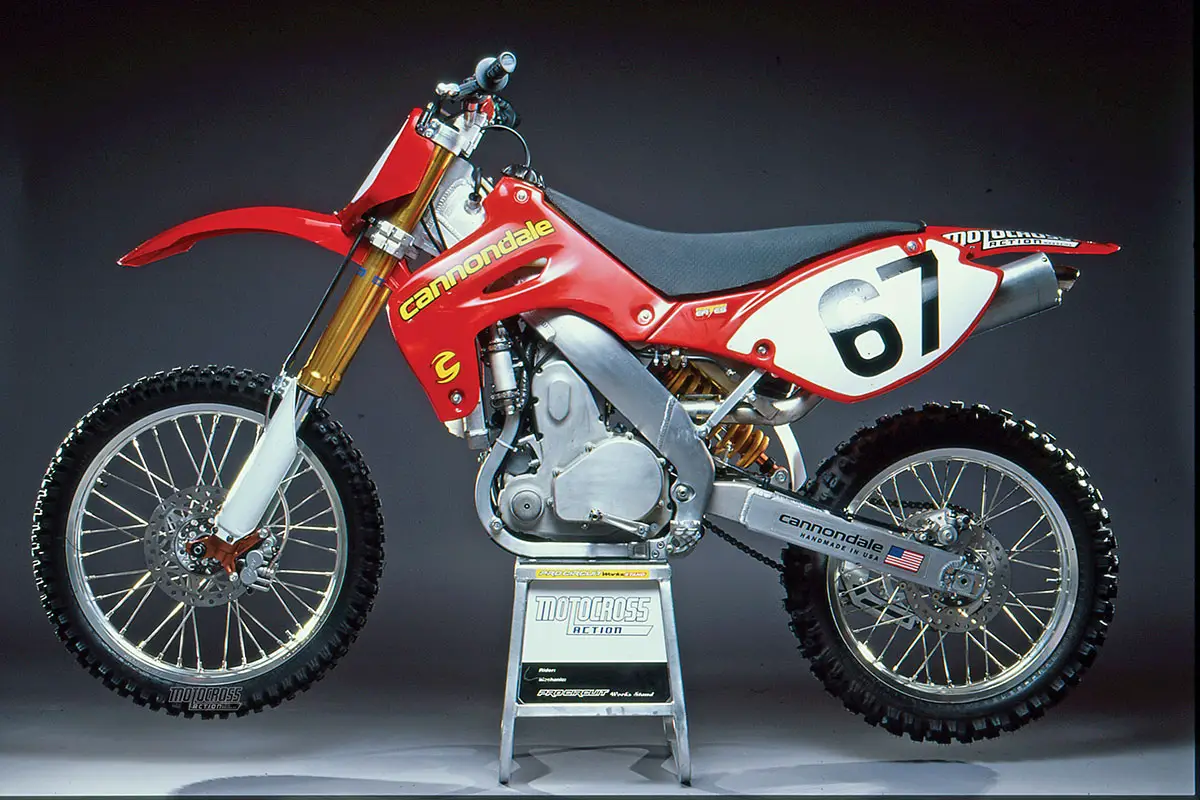
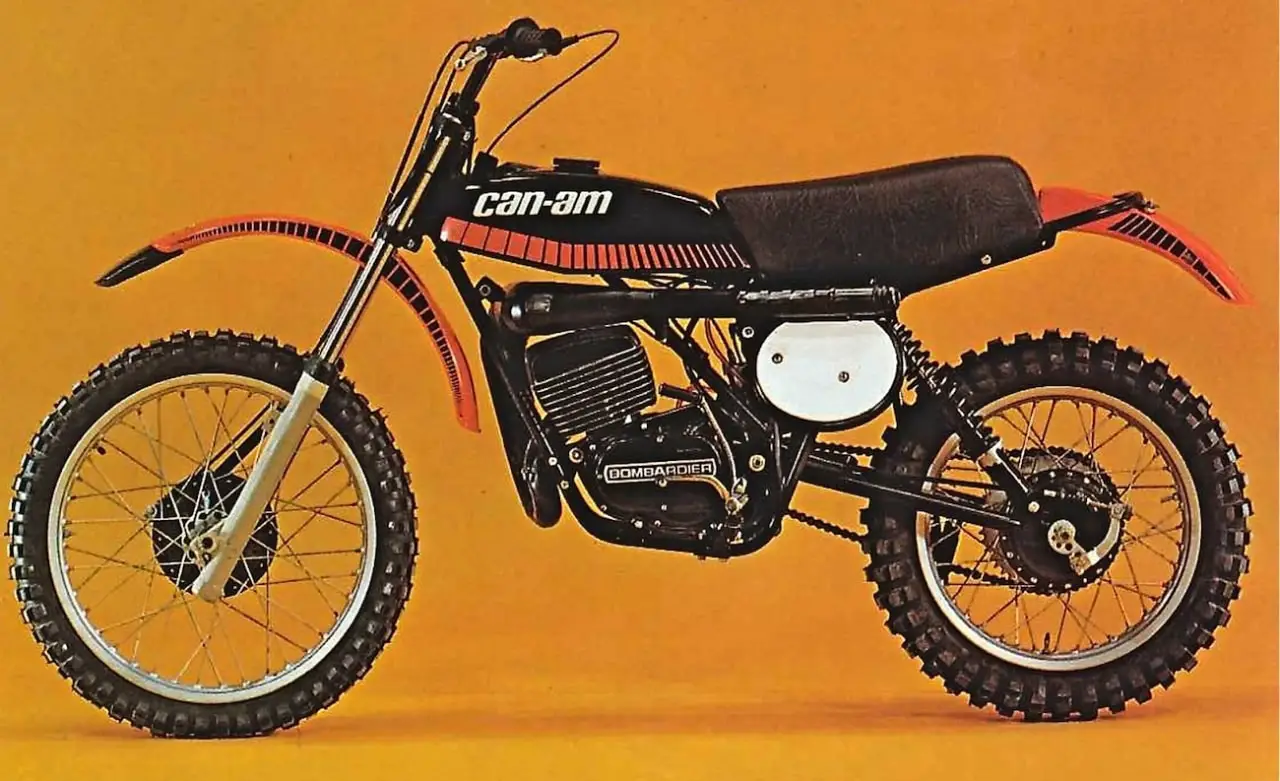



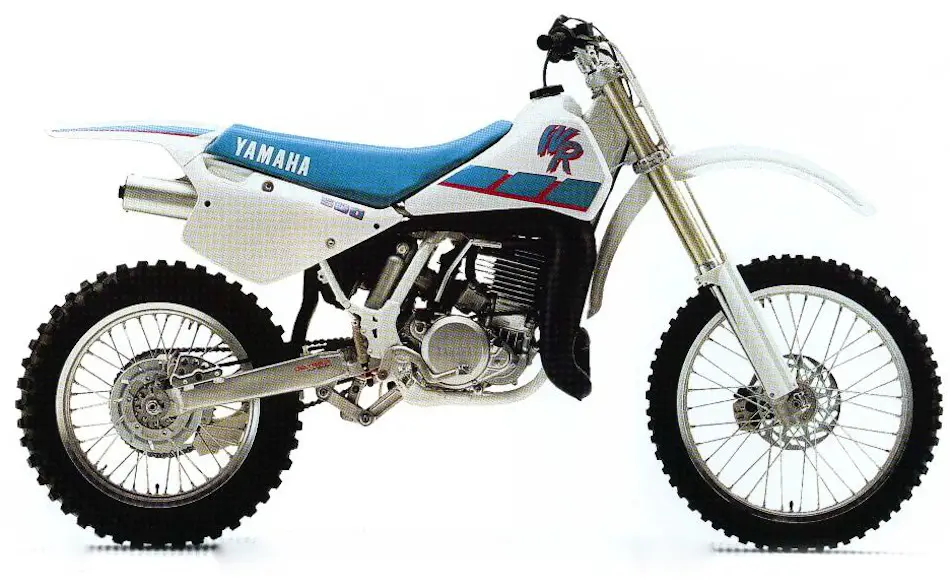

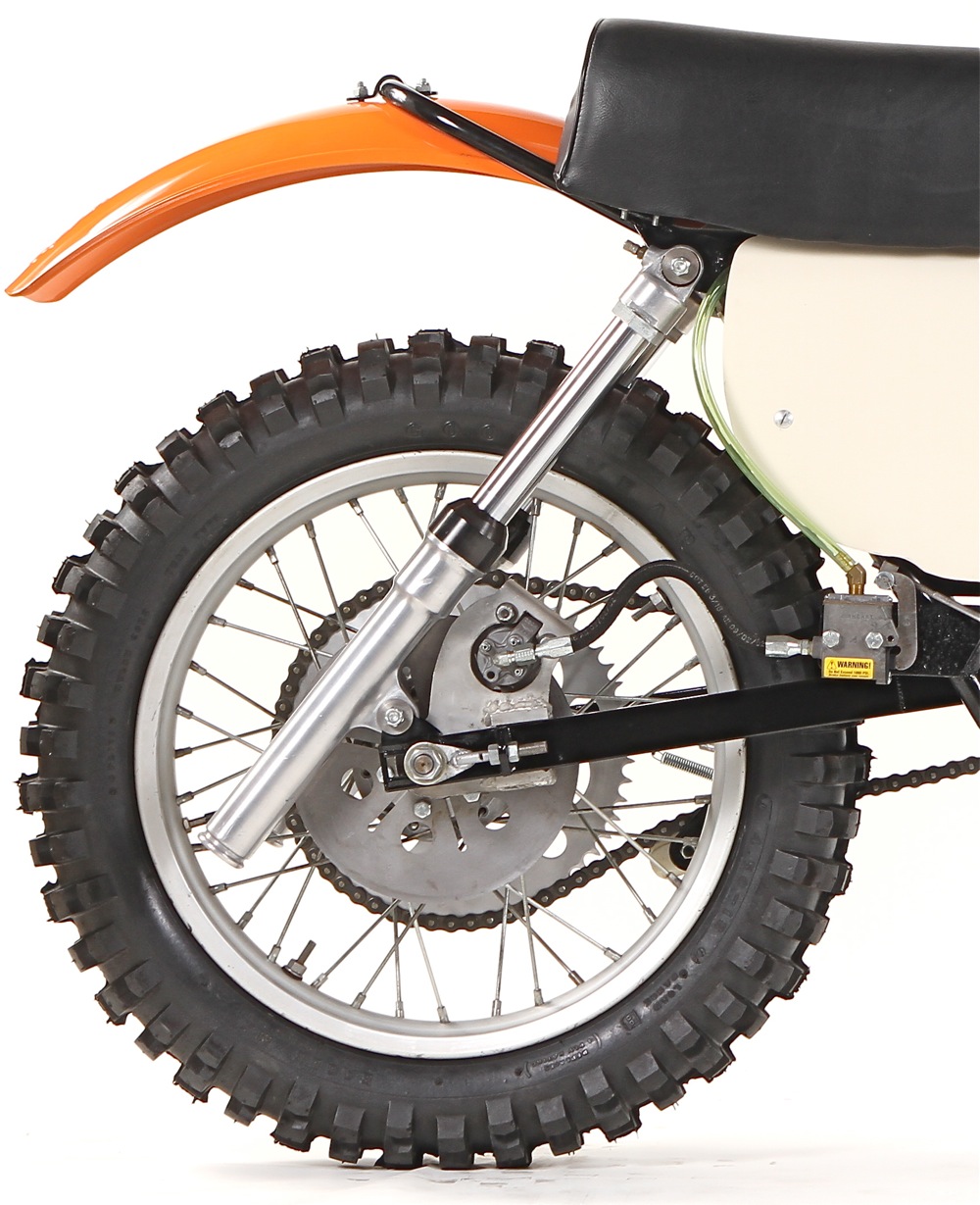
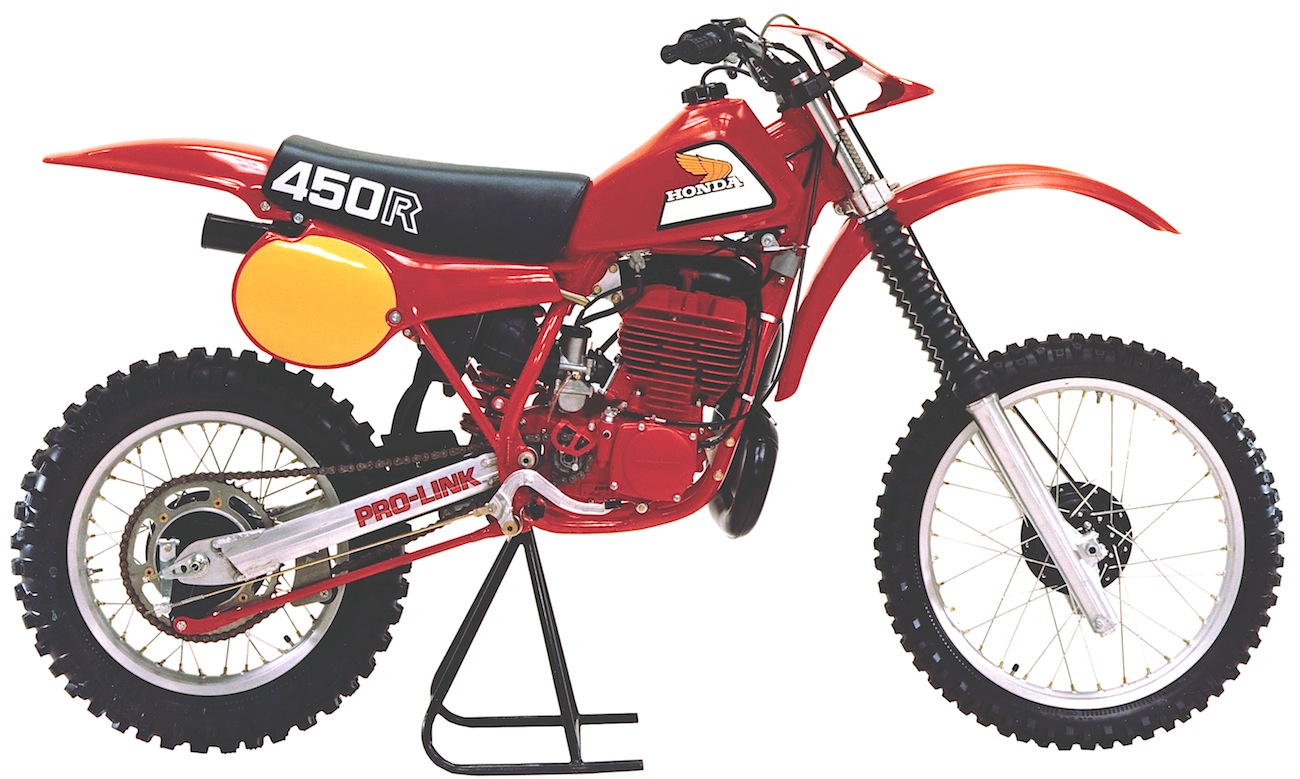


Comments are closed.